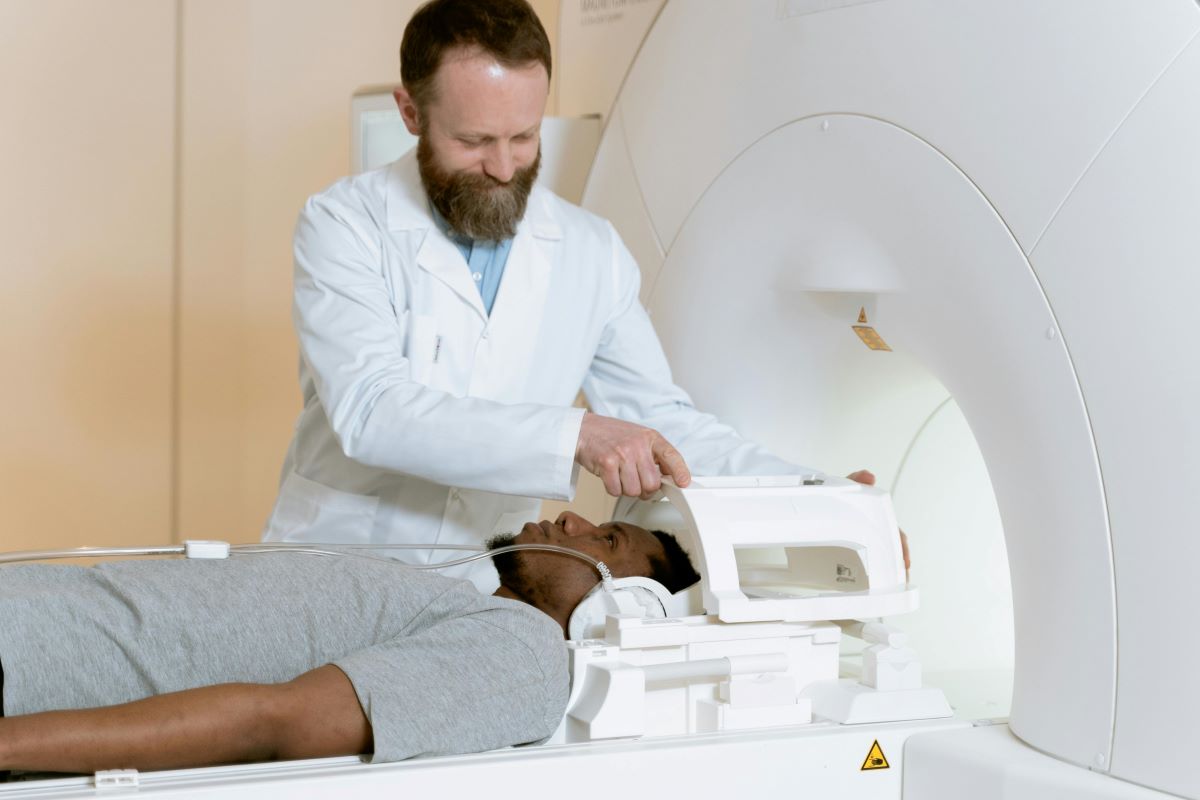Geospatial Technology refers to a set of tools and methods for collecting, analyzing, and maintaining data about geographic locations on Earth’s surface. The working of geospatial technology blends together geography with technology thereby building spatial data systems and applications. The geospatial technology enables people and organizations to examine geographical patterns, track environmental changes, plan for infrastructure, and make data-driven decisions. Geospatial technology is extensively applied in urban planning, environmental monitoring, agriculture, disaster management, and so on. This blog is dedicated to addressing a multitude of issues concerning geospatial technology, its applications, and its effects on various sectors.
Elements of Geospatial Technology
The most major elements related to Geospatial technology would be:
Geographic Information Systems- GIS
This is a system employed to record, store, manipulate, and analyze geographic and spatial data. GIS allows one to build layered maps containing different kinds of information like roads, landmarks, and natural resources. GIS is the tool that permits a visualization of the geographic data and the capacity to focus on a fine spatial analysis.
Global Positioning Systems- GPS
GPS is the location system based on earth which helps to establish the location of any point on the earth surface. It is based on signals received from an array of satellites, helping to locate the exact position of an object or person. GPS is widely used in surveying, navigation, and tracking systems.
Remote Sensing
Remote sensing is the method of collecting data about the Earth’s surface from a distance, that is via satellites or unmanned aerial vehicles. The sensors are used to capture data in formats like images or temperature measurements, which can be further processed in order to monitor the environmental change, land use, and others.
Geospatial Data
Geospatial data is understood to mean any information for which a coordinate in geographic space can be assigned. These coordinates can be in the form of either absolute coordinates, such as latitude and longitude, an address, or a piece of topographic information. Geospatial data is very important for mapping, location-based service, and city planning.
Types of Geospatial Data
Two general types of geospatial data are Vector Data and Raster Data.
Vector Data
Vector data demonstrates geographic features as points, lines, and polygons. Points are used to display specific locations (e.g., cities), lines are used to display linear features (e.g., rivers, roads), and polygons are used to display areas (e.g., lakes, land parcels). Vector data is accurate and can be used for detailed feature analysis.
Raster Data
Raster data is the representation of geographic data as grid cells or pixels. Each cell value indicates information, such as temperature, land use, or vegetation. Raster data may be applicable in analyzing continuous data like elevation, rainfall, or climate patterns.Both data are of value in producing accurate maps and conducting spatial analysis.
Applications of Geospatial Technology
The applications of geospatial technology span a wide range of industries. Among them are urban planning, environmental monitoring, precision agriculture, disaster management, and transportation and logistics.
Urban Planning
With geospatial technology, urban planners can design cities, develop infrastructure, and plan growth. GIS allows them to analyze how land is used, traffic patterns, and population density in making decisions regarding zoning, transportation networks, and environmental impacts.
Environmental Monitoring
This technology has become a very important tool in monitoring and managing natural resources. Deforestation tracking, air quality measurements, water body monitoring, and assessment of climate change impacts are commonly done with the use of geospatial technology. Remote sensing and GIS are important in detecting environmental changes so that it becomes possible to deliver timely interventions.
Agriculture
Also known as the precision agriculture phenomenon, geospatial technology is increasingly being embraced in very advanced farming practices. Are you aware that farmers use satellite-guided GPS and GIS to survey soil condition, observe the status of growth of crops, and even manage irrigation? In fact, such information increases the possibility of better yield whilst at the same time improving waste and has an overall better sustainable production.
Disaster Management
Geospatial technology is very important when managing and responding to disasters. As an example, when a natural calamity happens, be it an earthquake, flood, or devastating wildfires, GIS keeps track of the site where the disaster has occurred; it also assesses the damage caused and identifies evacuation routes. In disaster recovery, geospatial technology identifies areas that need urgent attention.
Transportation and Logistics
Applications of this GPS technology in navigation systems work by enabling the driver to find the fastest route, eliminating as much traffic jams as possible. Logistics companies have geospatial technology that tracks these shipments and optimizes their delivery route while also enhancing the supply chain management system.
Geospatial Technology: Benefits and Advantages
Geospatial technologies are beneficial to humans, corporations, and governments alike. Some of the prime advantages are:
Enhanced Decision-Making
Geospatial technology offers visualization of data in a spatial context, allowing decision-makers to understand patterns and relationships. This gives rise to informed decisions, whether about urban planning, resource management, or disaster response.
Increased Efficiency
Geospatial tools like GPS allow businesses to streamline workflows, thereby saving on fuel and improving logistics. Productivity increases and operational costs reduce due to real-time tracking and analytics.
Better Resource Management
Geospatial technology allows for the efficient management of natural resources, such as water, land, and forests. With this technology, governments and organizations can carry out research and monitor resources for conservation and sustainable use decisions.
Environmental Conservation
Remote sensing and GIS supply significant data to monitor threats to ecosystems, as well as assess the impact of human activities on ecosystems. This information becomes instrumental in the formulation of measures for the protection of the environment and the mitigation of climate change.
Cost Savings
By incorporating geospatial technologies into its operations, a business can cut costs resulting from inefficiencies, mistakes, and wastage of resources. The savings offered by the use of GPS and GIS can be huge in operations dealing with agriculture and transportation.
Conclusions
Geospatial technology is transforming the interactions we have with the world around us. It has seen applications from urban planning to disaster management and agriculture to environmental monitoring, increasing the efficiency, accuracy, and sustainability of sectors. As the technology matures and journeys forth into the realm of artificial intelligence, drones, and big data, the imprint upon our day-to-day lives and industries becomes pronounced.
For more information, you can also read another article :
Advantages of Using the Latest Control Technology at the Industrial Level




